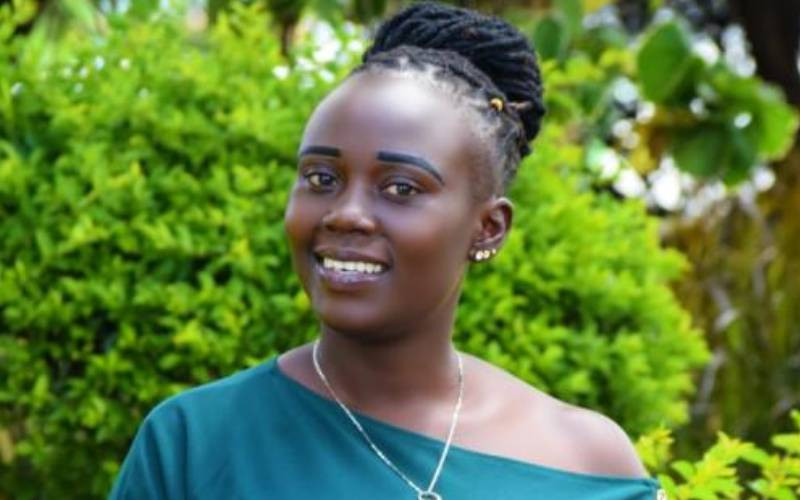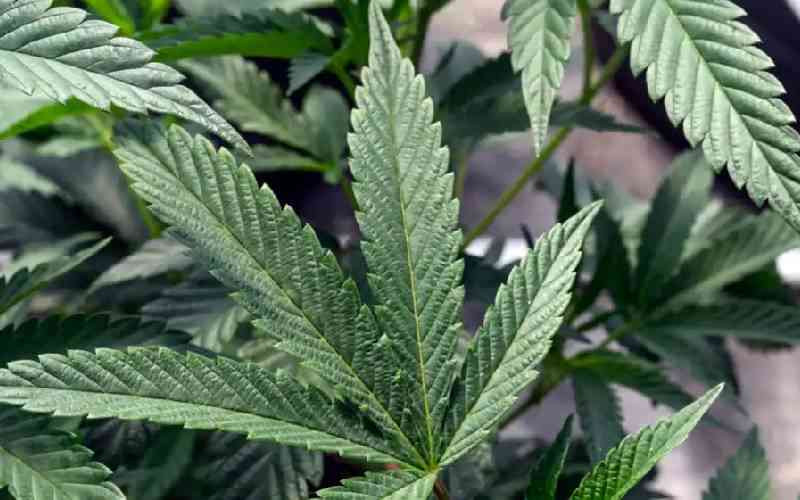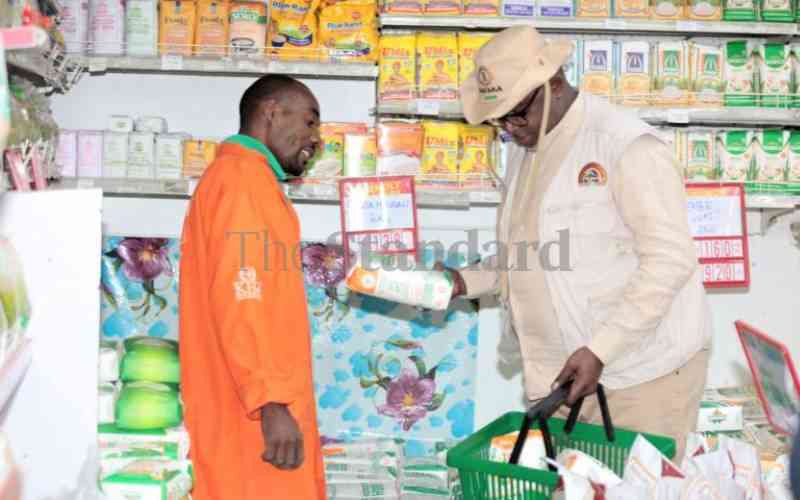
Patricia Munyao, 54, a community health worker who has diabetes has survived a stroke and she is almost losing sight in her left eye. She tells Agnes Aineah how she keeps her sugar levels in check.
Three years ago, I started experiencing extreme fatigue, my eyesight also started getting affected and e, my world got dimmer by the day and this escalated to poor vision. My appetite took a dip and before I knew it, my weight plunged from 59kgs to 50kgs.
Though I wasn’t in any pain, I checked myself into dispensaries in Kibra and was given medications to manage my condition. I could also get extremely thirsty and in a day I could drink up to 10 litres of water and pass it as soon as I drank it.
My bladder got weak by the day, sometimes I could pee on myself. It suddenly dawned on me something was really wrong with my organs inside there.
Without a proper source of income, it was difficult for me to access proper tests and it was only after I attended a free medical camp in Kibra that doctors found out that I was diabetic. To be normal, the sugar level in the blood is supposed to be less than 7.8 millimoles per litre. Mine was unrecordable on scales that read sugar levels of less than 40 millimoles per litre. The fact that mine was unrecordable meant that my blood sugar level was way beyond 30 and that I needed to be immediately admitted to a health facility.
Doctors at the medical camp explained the possibility that my diabetes was inherited. It had claimed my father’s life. My mother is also battling the condition. Each of my siblings is battling either diabetes or high blood pressure.
At the medical camp, I was given an insulin injection and told to go for further checkups at a clinic in Kilimani. I paid Sh1,000 for these tests and was referred to Mbagathi Hospital for more conclusive results. It was at Mbagathi that I was put on medication to manage the condition.
It hasn’t been easy managing this condition as a community health worker. Whenever we hold community health functions, I had a hard time explaining to people about my condition and people could say it in my face that I needed more screening to rule out other diseases.
In 2018, I decided to take charge of my health. I started following a strict healthy diet plan and made sure I took my medicine religiously. My medication costs Sh1, 500 a month, apart from my monthly consultations with the doctor to keep my blood sugar in check. I try as much as possible to stick to indigenous foods as well as fruits. I avoid red meat, sugar and salt. I also exercise daily by opting to walk where I used to board a matatu to before.
I have mastered my body and I can tell when the sugar levels are about to increase. Sometime this year I had a terrible flare-up that I lost consciousness. I woke up at MP Shah Hospital a few hours later with facial paralysis. I had experienced a stroke before I knew how to take care of the condition. I lost sight in my left eye and I have been going for therapy since August.
I am lucky that my job at Kibera Community Health Centre where I work as a community health officer provides the convenience I need to access timely tests whenever I experience early signs of high blood sugar.
Who’s at risk
Diabetes is one of the major health and developmental challenges of the 21st century. The prevalence of diabetes mellitus in Kenya is reported at 2.7 per cent (rural) and 10.7 per cent (urban), with over 3.3 per cent of the population affected and an additional 7 per cent un-diagnosed.
Diabetes is a chronic, incurable, costly and increasingly but largely preventable non-communicable disease, which is responsible for millions of deaths annually.
Stay informed. Subscribe to our newsletter
Complications include
· Amputations
· Chronic kidney disease,
· Heart attack and heart failure,
· Stroke
· Blindness
Diabetes is a chronic disease that occurs when the pancreas is no longer able to make insulin, or when the body cannot make good use of the insulin it produces. Insulin allows glucose from the food we eat to pass from the bloodstream into the cells in the body to produce energy. Inability to produce insulin or use it effectively leads to raised glucose levels in the blood, known as hyperglycemia. Over the long-term, high glucose levels are associated with damage to the body and failure of various organs and tissues.
 The Standard Group Plc is a
multi-media organization with investments in media platforms spanning newspaper
print operations, television, radio broadcasting, digital and online services. The
Standard Group is recognized as a leading multi-media house in Kenya with a key
influence in matters of national and international interest.
The Standard Group Plc is a
multi-media organization with investments in media platforms spanning newspaper
print operations, television, radio broadcasting, digital and online services. The
Standard Group is recognized as a leading multi-media house in Kenya with a key
influence in matters of national and international interest.
 The Standard Group Plc is a
multi-media organization with investments in media platforms spanning newspaper
print operations, television, radio broadcasting, digital and online services. The
Standard Group is recognized as a leading multi-media house in Kenya with a key
influence in matters of national and international interest.
The Standard Group Plc is a
multi-media organization with investments in media platforms spanning newspaper
print operations, television, radio broadcasting, digital and online services. The
Standard Group is recognized as a leading multi-media house in Kenya with a key
influence in matters of national and international interest.









